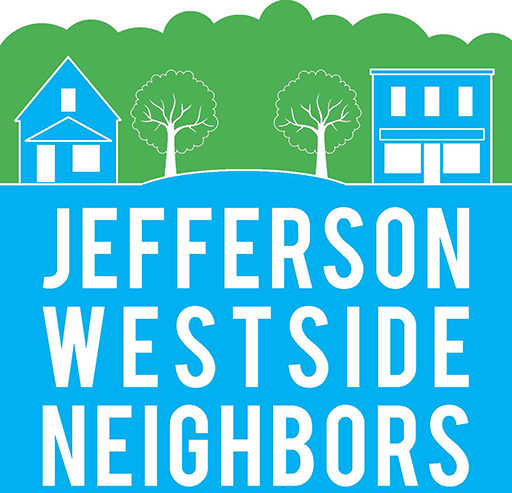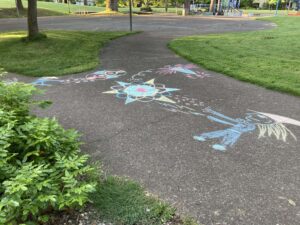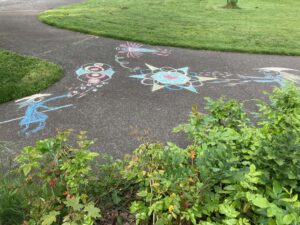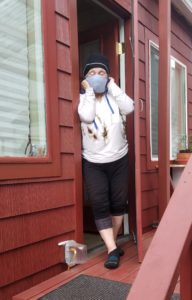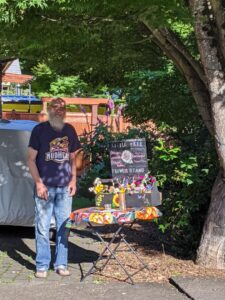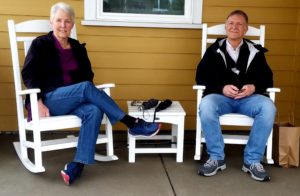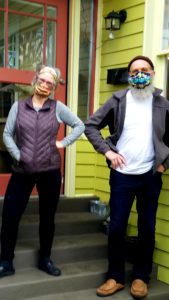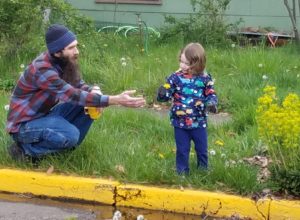Support JWN Restaurants
Several local business with Asian, Central Asian, and Mediterranean themes and/or owners have been the targets of vandalism, including neighborhood landmark Cafe’ Soriah.
Patronize local businesses, especially restaurants that offer take out. Visit the Support Lane County Restaurants, Breweries, Wineries, and Distilleries for details.
Other neighborhood eateries include Mama Mayra’s Kitchen, Fisherman’s Market (reopens on May 8), Sweet Life, LZ Chinese Dish, Cornbread Cafe, Scribles Bistro & Deli, Albees NY Gyros, and Hot Mama’s Wings. Falling Sky Brewery and Deli is also now open Wednesday to Sunday. (Miss anyone? Let us know.)
Added 5/5: Evergreen Indian Cuisine and Fresh and Natural Mexican Eatery.
Added 5/11: Ubon Thai Kitchen
Order some take out: Here is a list of local take-out/delivery restaurants
Buy online from LOCAL businesses, treat yourself to some local arts and crafts. Check out these Saturday Market Vendors.
Finally, visit your favorite neighborhood business online and buy a gift card (or two or three)
The Eugene Area Chamber of Commerce also has a business resource page.
